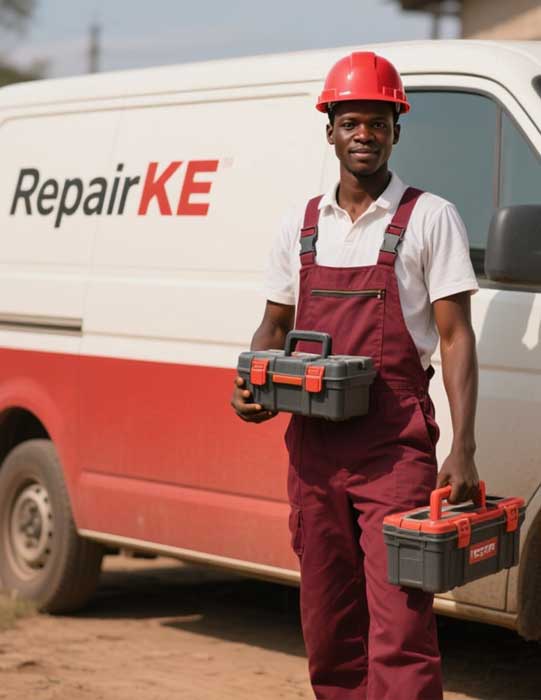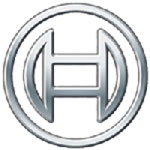
The Process and Purpose of Appliance Calibration
By Repair.co.ke
Modern households rely heavily on precise appliance performance for daily comfort and efficiency. From refrigerators maintaining optimal food storage temperatures to ovens delivering consistent baking results, appliance calibration plays a crucial role in ensuring these devices operate at their intended specifications. Understanding this process can help homeowners maintain their investments while avoiding costly repairs and replacements.
What is Appliance Calibration?
Appliance calibration is the systematic process of adjusting and fine-tuning an appliance's internal mechanisms to ensure accurate readings and optimal performance according to manufacturer specifications. This technical procedure involves comparing an appliance's current performance against known standards and making necessary adjustments to eliminate discrepancies.
The calibration process encompasses various components including sensors, thermostats, timers, pressure gauges, and electronic control systems. Each element must work in harmony to deliver the precise performance levels that consumers expect from their appliances.
Why Calibration Matters
Over time, appliances naturally drift from their original settings due to regular wear, environmental factors, and component aging. This drift can manifest in several problematic ways. Temperature-sensitive appliances like refrigerators and ovens may begin operating outside safe ranges, potentially compromising food safety or cooking results. Washing machines might deliver inconsistent water temperatures or spin cycles, affecting cleaning effectiveness and fabric care.
Beyond performance issues, improperly calibrated appliances often consume more energy than necessary. A refrigerator running too cold or an oven that takes longer to reach target temperatures will draw excessive power, leading to inflated utility bills. Regular calibration helps maintain energy efficiency while extending appliance lifespan.
The Calibration Process
Professional appliance calibration follows a methodical approach that begins with comprehensive diagnostic testing. Technicians use specialized equipment to measure actual performance against manufacturer specifications, identifying areas where adjustments are needed.
Temperature calibration represents one of the most common procedures. For refrigerators, technicians check compartment temperatures using calibrated thermometers, comparing readings against the control panel settings. Any discrepancies are corrected by adjusting the thermostat or control board parameters. Similar processes apply to ovens, where internal temperature sensors are verified and adjusted to ensure accurate heating.
Timing mechanisms also require regular attention. Dishwashers, washing machines, and dryers rely on precise timing for optimal results. Calibration ensures these cycles run for appropriate durations, preventing over-processing or incomplete cleaning cycles.
Water-related appliances need pressure and flow rate calibration. Washing machines must deliver correct water volumes at appropriate pressures for effective cleaning. Dishwashers require precise spray arm pressure to ensure thorough dish cleaning while managing water consumption.
Common Calibration Issues
Several indicators suggest an appliance may need calibration attention. Inconsistent performance ranks among the most obvious signs. A refrigerator that struggles to maintain consistent temperatures or an oven that produces unevenly cooked food likely requires calibration adjustment.
Unusual energy consumption patterns often signal calibration problems. Appliances working harder than necessary to achieve desired results typically consume more electricity or gas than normal. Monitoring utility bills can help identify these efficiency losses.
Strange noises or operational behaviors also warrant investigation. Appliances operating outside normal parameters may produce unusual sounds as components work harder than designed. Additionally, error codes or warning lights frequently indicate calibration-related issues requiring professional attention.
Professional vs. DIY Calibration
While some basic calibration tasks can be performed by knowledgeable homeowners, most procedures require professional expertise and specialized equipment. Simple adjustments like refrigerator temperature settings or oven temperature corrections might be manageable for experienced DIY enthusiasts with proper tools and manuals.
However, complex calibrations involving electronic control systems, gas pressure adjustments, or safety-critical components should always be handled by qualified technicians. Improper calibration attempts can create safety hazards, void warranties, or cause expensive damage requiring complete appliance replacement.
Professional technicians possess the necessary training, tools, and experience to perform calibrations safely and effectively. They understand manufacturer specifications, safety protocols, and regulatory requirements that ensure proper appliance operation.
Maintenance and Prevention
Regular maintenance schedules help prevent calibration drift and extend periods between professional calibrations. Simple tasks like keeping appliance surfaces clean, replacing filters, and ensuring proper ventilation can significantly impact calibration stability.
Environmental factors also influence calibration longevity. Appliances located in areas with extreme temperature fluctuations, high humidity, or excessive dust may require more frequent calibration attention. Proper installation and placement can minimize these environmental impacts.
Keeping detailed maintenance records helps track calibration history and identify patterns that might indicate underlying issues. This documentation proves valuable when working with service technicians or evaluating warranty claims.
Economic Benefits
Investing in regular appliance calibration delivers measurable economic returns through multiple channels. Energy savings from properly calibrated appliances can reduce monthly utility costs by 10-15% or more, depending on the appliance type and usage patterns. These savings accumulate significantly over time, often offsetting calibration costs within months.
Extended appliance lifespan represents another substantial benefit. Properly calibrated appliances experience less stress and wear, potentially adding years to their operational life. This extended service reduces replacement frequency and associated costs.
Improved performance reliability also provides economic value by reducing emergency repair calls and service disruptions. Well-calibrated appliances break down less frequently and perform more consistently, minimizing inconvenience and unexpected expenses.
Appliance calibration serves as a critical maintenance practice that ensures optimal performance, energy efficiency, and longevity for household appliances. Understanding the calibration process and its importance helps homeowners make informed decisions about maintenance schedules and professional service needs.
Regular calibration attention prevents minor issues from developing into major problems while maintaining the performance standards that modern consumers expect. By partnering with qualified service professionals and maintaining consistent calibration schedules, homeowners can maximize their appliance investments while enjoying reliable, efficient operation for years to come.
The modest investment in professional calibration services typically pays for itself through improved efficiency, extended appliance life, and enhanced performance reliability. As appliances become increasingly sophisticated, calibration will continue playing an essential role in maintaining optimal household operations.




